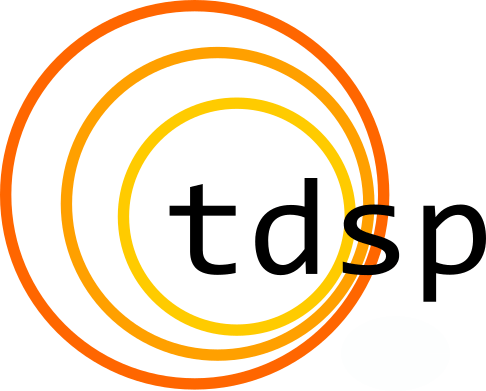I am sure by now you must have heard about this term, and if surprisingly not, just have a look at the presentations by Apple or Google; even McDonald’s is doing something. In fact not only them, if you were to look at the Google Trends page for Machine Learning, you’ll notice the upward trend in popularity and interest over time. So everyone’s talking about it…
You can easily find many popular use-cases of Machine Learning. I am sure you check Amazon for when you need to buy new clothes or shoes. And then you see a list of recommended items for you. This is, in fact, machine learning at play. You might have also heard about autonomous vehicles which are being tested out, or maybe you have interacted with a chatbot. Almost every other brand is rethinking their strategy to involve machine learning and leverage its immense power in some way or the other.
But what is machine learning?
I will start with a popular definition:
A computer program is said to learn from experience E with respect to some class of tasks T and performance measure P, if its performance at tasks in T, as measured by P, improves with experience E.
– Machine Learning by Tom Mitchell

Don’t worry if you didn’t get that, even I didn’t completely at first. What it essentially says is that suppose you have lots and lots of data, with machine learning you can find patterns in that data hidden in plain sight which a computer program can learn. This computer program, which is transformed into a machine learning model, when faced with new data can now identify with a certain confidence whether that pattern can be found here or not.
Basically what happens is that when you build a machine learning model, you train the model with huge amounts of historical data which has the same context as the problem you are trying to solve. Certain patterns are learnt by the model which helps in identification, recognition or prediction. For instance, you can build a machine learning model to identify entities in an image such as a cat or a dog; Or, a machine learning model to predict the price of a house given a certain few parameters such as the number of rooms, area of the house etc. But all this can only be achieved if the model has been trained properly using the correct data.
Before we move any further, let’s go through two important concepts.
Classification
Classification is the process of putting each and every item under a particular category. For example, identifying a cat in an image would mean classifying that object in the image as a cat. In simple words, assigning a label correctly to anything would be called classification.
In a machine learning scenario, the data for a classification problem would have a lot of parameters called features for the entity which has to be classified, and then its label which is the name of entity itself. The pattern, in this case, would be these features which then together lead us to the label class.
Regression
Regression problems are associated with interdependencies of variables. There are independent variables and a dependent variable whose value, as the name suggests, depends on the independent variables. Usually, the values are all numerical, that is continuous, and they are found by choosing a particular mathematical function. So predicting the value of something, say the price of a house, or a car, or even stock value comes under Regression problems. Here the pattern would be the values of the independent variables leading up to the value of the dependent variable.
Coming back, this pattern we have been talking about can be present in two different ways, either mentioned in the data explicitly in which case there is a label or a dependent value, or hidden in the data needing to be found out. Basically, machine learning is broadly categorized in two types:
- Supervised Learning
- Unsupervised Learning
Supervised Learning
Supervised Learning refers to that class of machine learning algorithms which work on data that contains labels. Say you want to find out whether a certain image contains an Apple. So you will train your machine learning model with images which contain an Apple and images which don’t. When faced with new data, your model will now tell you with a certain confidence whether the new image contains an Apple or not. A good example of this is when you want to do any classification task, such as the aforementioned object detection problem. Or a regression task, where we map some form of input which is made up of values to a function to predict a continuous value. So in this case, we already know how the output should look like, having the idea that there is a relationship between the input and the target variable.
Unsupervised Learning
Unsupervised Learning refers to the class of machine learning algorithms which work on finding patterns in data without any labels being provided. So you provide your machine learning model with loads of data and the model figures out on its own patterns, structure and connections in the data points. An interesting and the most common application of unsupervised learning would be automated data clustering, such as that deployed when building customer segmentation models, or that used by Google to cluster similar news articles together.
In this post, I wanted to give a brief introduction to Machine learning and its broad categories. There are many other classes of machine learning techniques such as Reinforcement learning, Association Mining or Anomaly Detection which are super interesting and definitely worth checking out!
I hope you liked the articles. Kindly like / subscribe / share if you did and many many thanks for reading!






